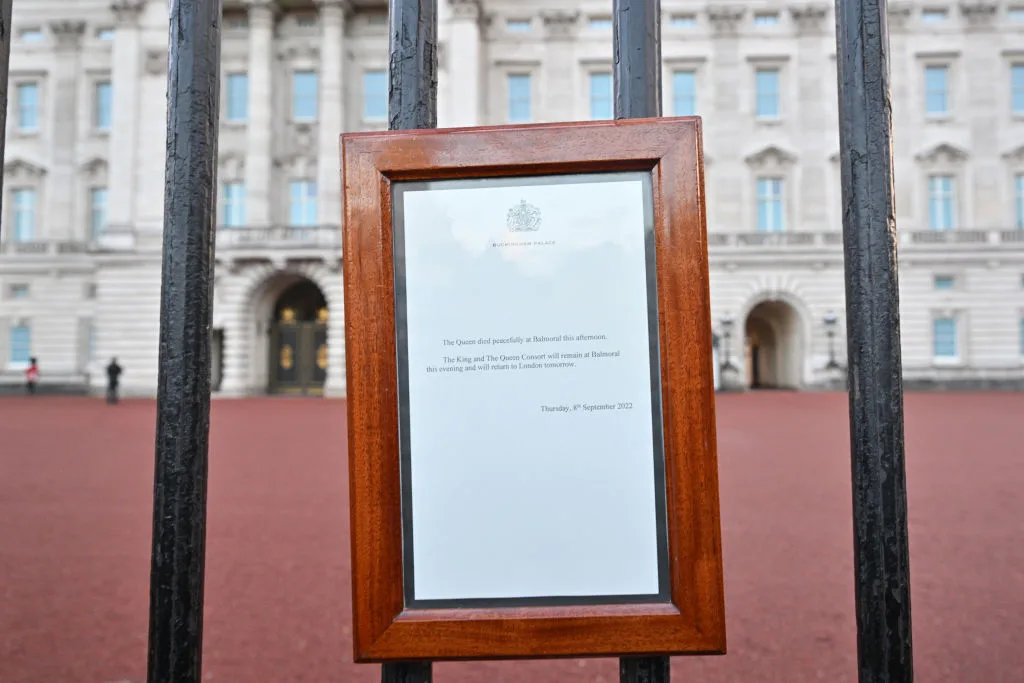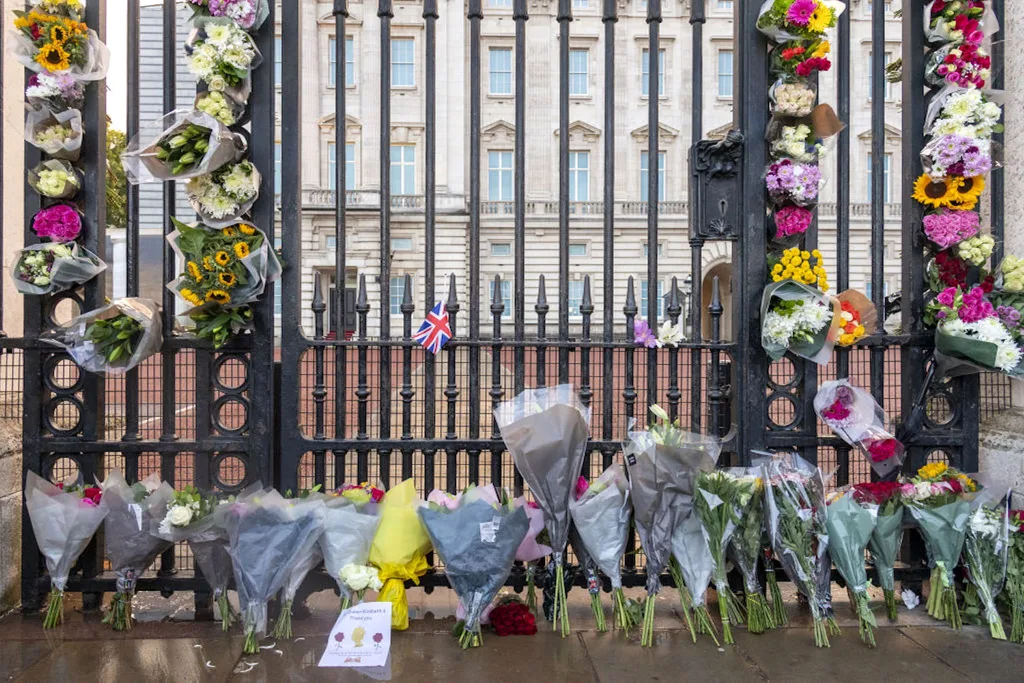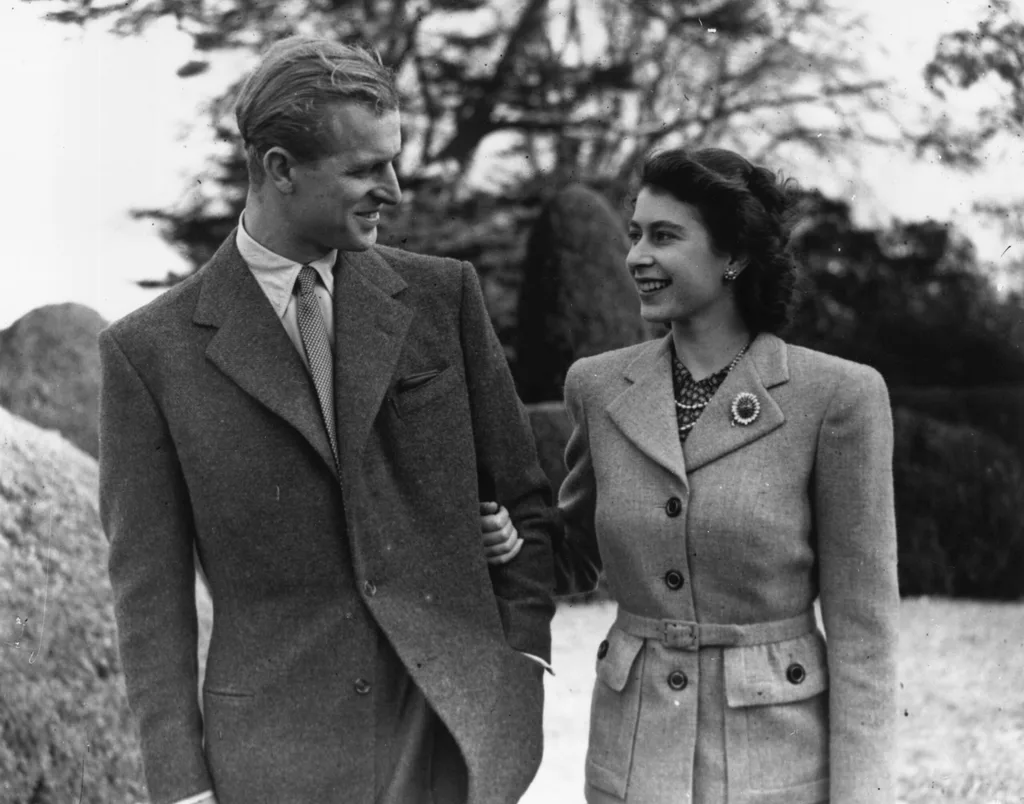Queen Elizabeth’s funeral is just one of many long-planned events that will now take place, as 10 days of mourning now officially begins.
The Queen died age 96, after seven decades on the throne. Her death triggered a “call cascade” for the news, with the Queen’s private secretary personally informing new Prime Minister Liz Truss. Only afterwards was the public made aware, via formal notices on the official website and by BBC reporters decked all in black.

When will the Queen’s funeral take place?
The Queen’s state funeral, at Westminster Abbey, will take place on Monday 19 September at 11am, local time. For Australians, this will be at 8pm on the same day.
Prime Minister Anthony Albanese has declared September 22 will be a one-off national public holiday “to allow people to pay their respects”.

What happens before the funeral?
Royal funerals are planned long in advance; the Queen Mother’s funeral was reportedly rehearsed for 22 years.
The nine days following the Queen’s death are carefully planned, according to are known as D+1, D+2, and so on, with preparations planned for every day.
On D+1, Westminster Hall will be locked and cleaned, with the stone floor covered in more than 1,500 metres of carpet, according to a 2017 Guardian report on ‘London Bridge is down’ — the code name for the Queen’s death. Surrounding streets will be converted into ceremonial spaces for the mourning public, while rails will be installed to protect the nearby hedges.
The Ascension Council — which includes senior government figures — is expected to meet at St James’ Palace ohn Saturday for the principal proclamation of the new King. Flags will be flown at half mast, before returning to full mast the day after the funeral.
The coffin is expeted to leave Balmoral and taken by road to the Palace of Holyroodhouse, which is the Queen’s official residence in Edinburgh.

There will likely then be a ceremonal procession from Holyrood along the Royal Mile to St Giles’ Cathedral, where family members —incuding the new Queen Consort, Camilla — will attend a private service. Afterwards, the cathedral will be open to the public for 24 hours for a period of lying at rest.
After that, the coffin is expected to be flown to London, arriving at Buckingham Palace for a few hours before being borne to Westminster Hall, likely via a gun carriage. There will be a short service, and then the coffin will begin five days of lying in state, which is an opportinity for the public to pay their respects. Westminster Abbey will be open for 23 hours per day.
On the day of the state funeral, the coffin will be borne from Westminster Hall in a procession to the Abbey, where a one-hour service will be held, including a two minutes’ silence across the nation.
A ceremonial procession will then accompany the coffin to Hyde Park, where it will be transferred ot a staqte hearsed and transported tro Windsor.
Finally, after a committal service at Windsor Castle’s St George’s Chapel, Queen Elizabeth II’s coffin will be lowered into the royal vault and she will be laid to rest.
For more rolling coverage on Queen Elizabeth II’s death, follow the links below:
Here’s What Happens Next In The Wake Of The Queen’s Passing
Here’s Why Reporters Changed Into Black Outfits Before Announcing Queen Elizabeth II’s Death
A Brief History Of Queen Elizabeth II And Her 89 Year Long Royal Clan Of Corgis
Every Time The Royal Family Have Turned To Queen Elizabeth’s Vintage Wardrobe
The Surprising Reason The Queen Always Wore Mint Green For Special Occasions
What Will Kate Middleton’s Title Be Now That Queen Elizabeth II Has Died?










